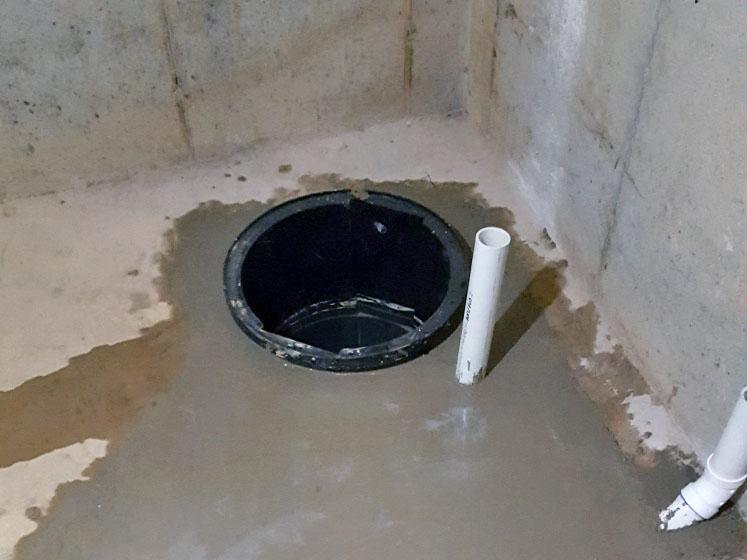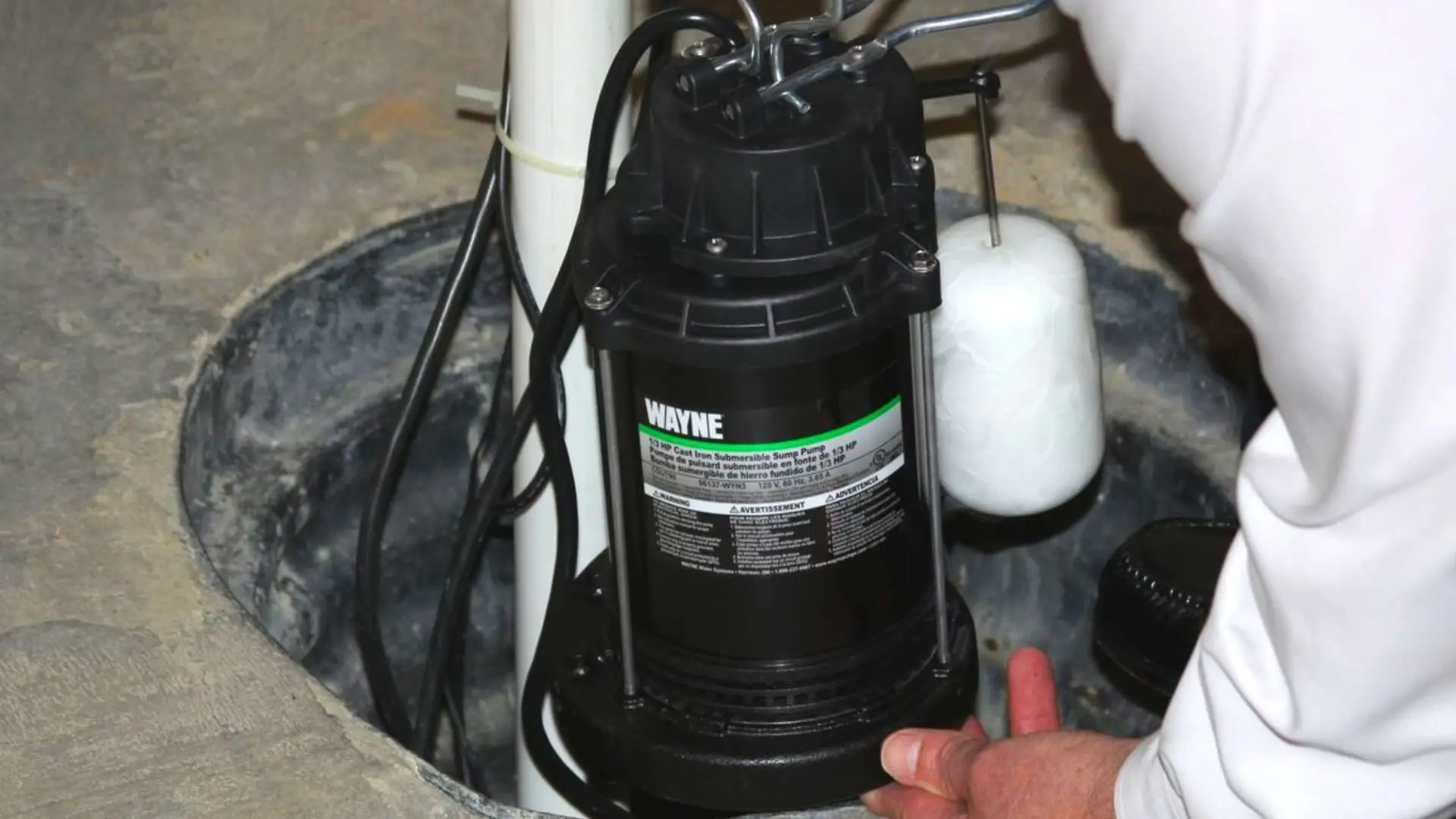An Definitive Guide to Maintaining a Sump Pump
An Definitive Guide to Maintaining a Sump Pump
Blog Article
How do you really feel in relation to Steps to Cleaning Your Sump Pump Properly?

Sump pumps are essential elements in several homes, specifically in areas vulnerable to flooding or extreme moisture. They assist prevent water damage by efficiently eliminating excess water from cellars or crawl spaces. Nevertheless, like any other device, sump pumps call for routine maintenance to guarantee they operate properly when required the most. Cleaning your sump pump is an essential part of its maintenance, and understanding just how to do it appropriately can conserve you from pricey repair work and potential disasters.
Introduction
Maintaining a clean sump pump is vital for its proper functioning and durability. Overlooking this necessary job can result in obstructions, malfunctions, and eventually, water damage to your property. As a result, discovering how to clean a sump pump is important for house owners that count on these gadgets to keep their basements dry and secured.
Comprehending the Sump Pump
Before diving into the cleansing procedure, it's vital to have a fundamental understanding of exactly how a sump pump functions. Normally set up in a pit or container below the basement floor, a sump pump contains a number of essential elements, including a pump, a float switch, and a discharge pipe. When water gathers in the pit, the float switch turns on the pump, which then pumps the water out through the discharge pipeline, far from the building's foundation.
Indications of a Dirty Sump Pump
Recognizing when your sump pump needs cleaning is essential for preventing potential breakdowns. Some typical signs that indicate a dirty sump pump consist of unusual noises during operation, minimized water flow, and noticeable particles in the pit. If you observe any of these symptoms, it's vital to clean your sump pump quickly to stay clear of any type of more problems.
Preparing for Cleansing
Prior to you begin cleansing your sump pump, it's essential to take some security precautions. Start by shutting down the power to the pump to stay clear of any kind of electric crashes. Additionally, wear ideal protective gear, such as gloves and goggles, to shield yourself from dust, debris, and potential pathogens.
Detailed Overview to Cleaning a Sump Pump
Shutting down the Power
Begin by disconnecting the power supply to the sump pump to prevent any mishaps while cleaning.
Removing Particles and Dirt
Use a bucket or an inside story to remove any type of visible particles, dust, or debris from the sump pit. Dispose of the debris correctly to prevent it from obstructing the pump or the discharge pipeline.
Cleaning the Pump and Float Switch Over
When the pit is clear of particles, carefully remove the pump from the pit. Examine the pump and the float switch for any indicators of damages or wear. Make use of a soft brush or fabric to clean the surfaces and remove any type of accumulated gunk.
Purging the System
After cleaning the pump and float button, purge the sump pit with tidy water to remove any type of remaining dust or debris. This will help make certain that the pump operates efficiently and successfully.
Checking for Correct Performance
Prior to reinstalling the pump, do a quick examination to guarantee that the float button triggers the pump properly. Put some water into the sump pit and observe the pump's operation. If every little thing is functioning properly, you can reconstruct the pump and reconnect the power supply.
Maintenance Tips to Keep Your Sump Pump Clean
Along with periodic cleansing, there are a number of upkeep tips you can comply with to keep your sump pump in ideal problem:
Conclusion
Cleaning your sump pump is an essential aspect of its upkeep and guarantees that it runs efficiently when you require it the most. By adhering to the steps outlined in this overview and integrating normal maintenance into your regimen, you can expand the lifespan of your sump pump and shield your home from water damages.
6 STEPS ON HOW TO CLEAN A SUMP PUMP PROPERLY
UNDERSTANDING SUMP PUMPS
Your sump pump plays a crucial role in protecting your home by managing and removing excess water. It primarily functions as a “shield”, guarding your basement against the damaging effects of water accumulation. The pump is housed in a sump pit in the lowest part of your basement, and its job is to pump out any water that collects there.
During heavy rainfalls or when snow melts rapidly, water can infiltrate your basement, posing potential risks like flooding, structural damage, and harmful mold growth. Here, the sump pump springs into action, pumping out the intruding water and directing it away from your home.
SAFETY FIRST
Before cleaning, remember to prioritize safety. Disconnect the sump pump from the power source to prevent any accidental electric shocks. Also, wear sturdy gloves to protect your hands from any sharp or dirty components within the pump.
REMOVE THE SUMP PUMP
After ensuring your safety, the next step is to remove the sump pump from its pit. Doing this might require careful maneuvering as you don’t want to damage any pump components. Once removed, clean the sump pit to remove any accumulated debris or sludge.
INSPECT THE PUMP
Inspect the pump for any visible signs of wear or damage. Check the power cord, float switch, and impeller housing. If any components look worn out or damaged, consider replacing them to ensure optimal performance.
CLEAN THE PUMP
Thoroughly clean the pump with warm, soapy water. Make sure to rid it of any dirt, gravel, or other debris that might impede its performance. You can use a toothbrush to clean the small, hard-to-reach parts of the pump.
REINSTALL THE SUMP PUMP
Reinstall the pump into the sump pit Make sure it’s positioned correctly to remove the water effectively Once it’s back in place, reconnect it to the power source TEST THE PUMP
Finally, pour some water into the pit to ensure the pump works correctly. It should start automatically and begin pumping out the water; if it doesn’t, check the power source and the positioning of the pump.
Remember, while cleaning your sump pump is an essential part of home maintenance, hiring a professional plumber for a thorough inspection and cleaning at least once a year is also important. This will ensure that your pump is in optimal condition, ready to protect your home from potential water damage.
BEST PRACTICES FOR CLEANING SUMP PUMP DISCHARGE PIPES
Regular Inspection: Regularly inspect your discharge pipes, especially during heavy rainfall or snowmelt periods. Look for any signs of blockage or damage. Early detection of problems can prevent serious issues down the line. Periodic Cleaning: Over time, sediment and debris can accumulate in the discharge pipes, impeding the flow of water. Regular cleaning helps keep the pipes clear and functioning efficiently. You can use a high-pressure water jet to effectively clean the pipes. Insulation During Winter: In colder climates, discharge pipes can freeze, blocking the outflow of water. Protect your discharge pipes from freezing temperatures by insulating them with foam pipe insulation. This will ensure the sump pump can continue to discharge water even in freezing conditions. Proper Positioning: The discharge pipe should be positioned to direct water away from your home’s foundation. Improper positioning can lead to water seeping back into the basement. Ensure the pipe is long enough and angled correctly. Installation of a Check Valve: A check valve prevents water from flowing back into your sump pit after the pump has pushed it out. Installing a check valve helps maintain the efficiency of your sump pump and reduces the risk of flooding. Minimize Pipe Turns: Every curve or turn in the discharge pipe can decrease the efficiency of water flow. By minimizing turns and bends in your discharge pipe, you can increase the efficiency of your sump pump. https://www.fullspeedplumbing.com/how-to-clean-a-sump-pump-properly9999/

Do you appreciate reading up on Cleaning & Maintenance Tips for Your Home's Sump Pump? Leave a short review down below. We will be glad to see your feelings about this content. In hopes that you come back again later on. Liked our post? Please share it. Help others discover it. Bless you for being here. Don't hesitate to check up our site back soon.
Phone Report this page